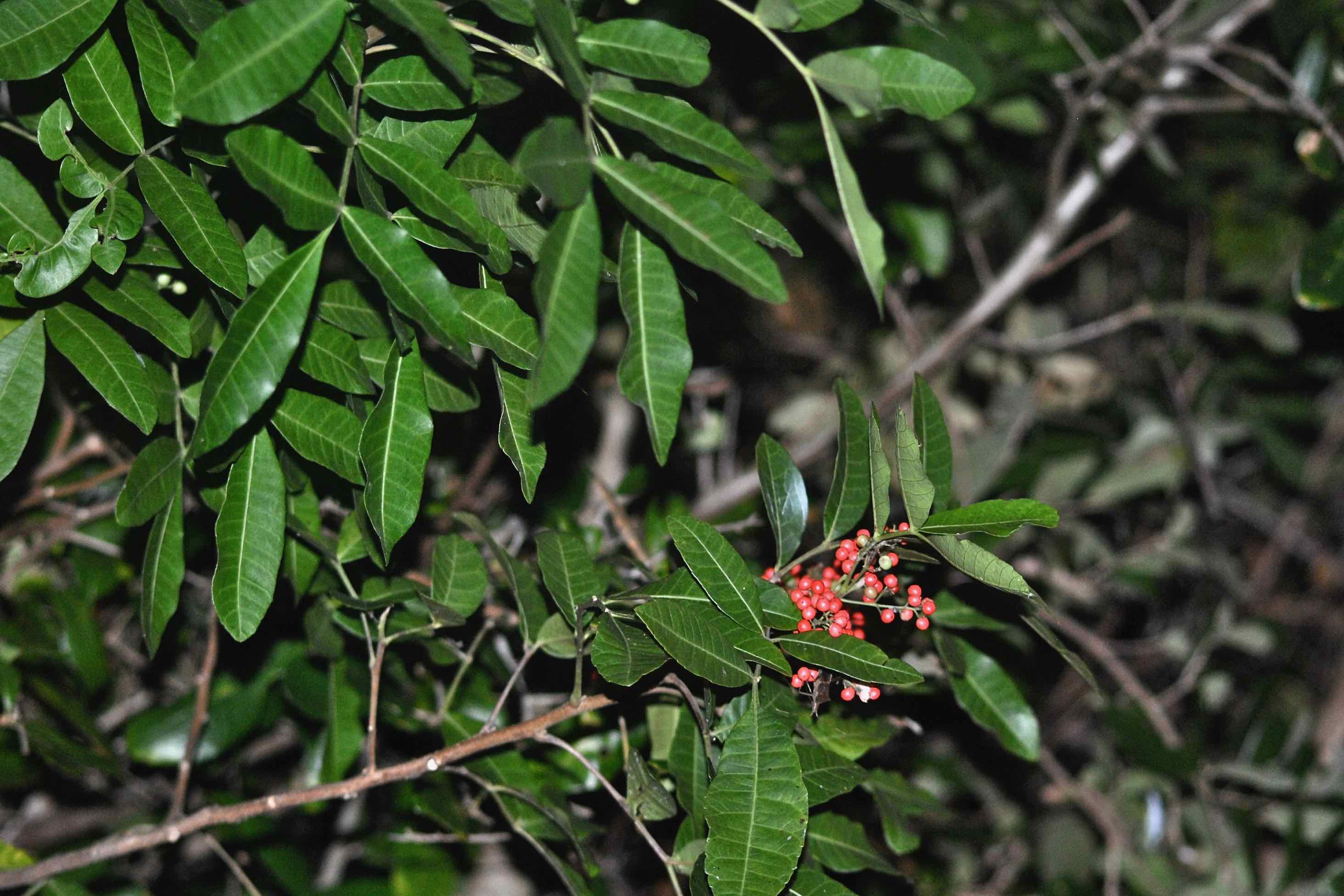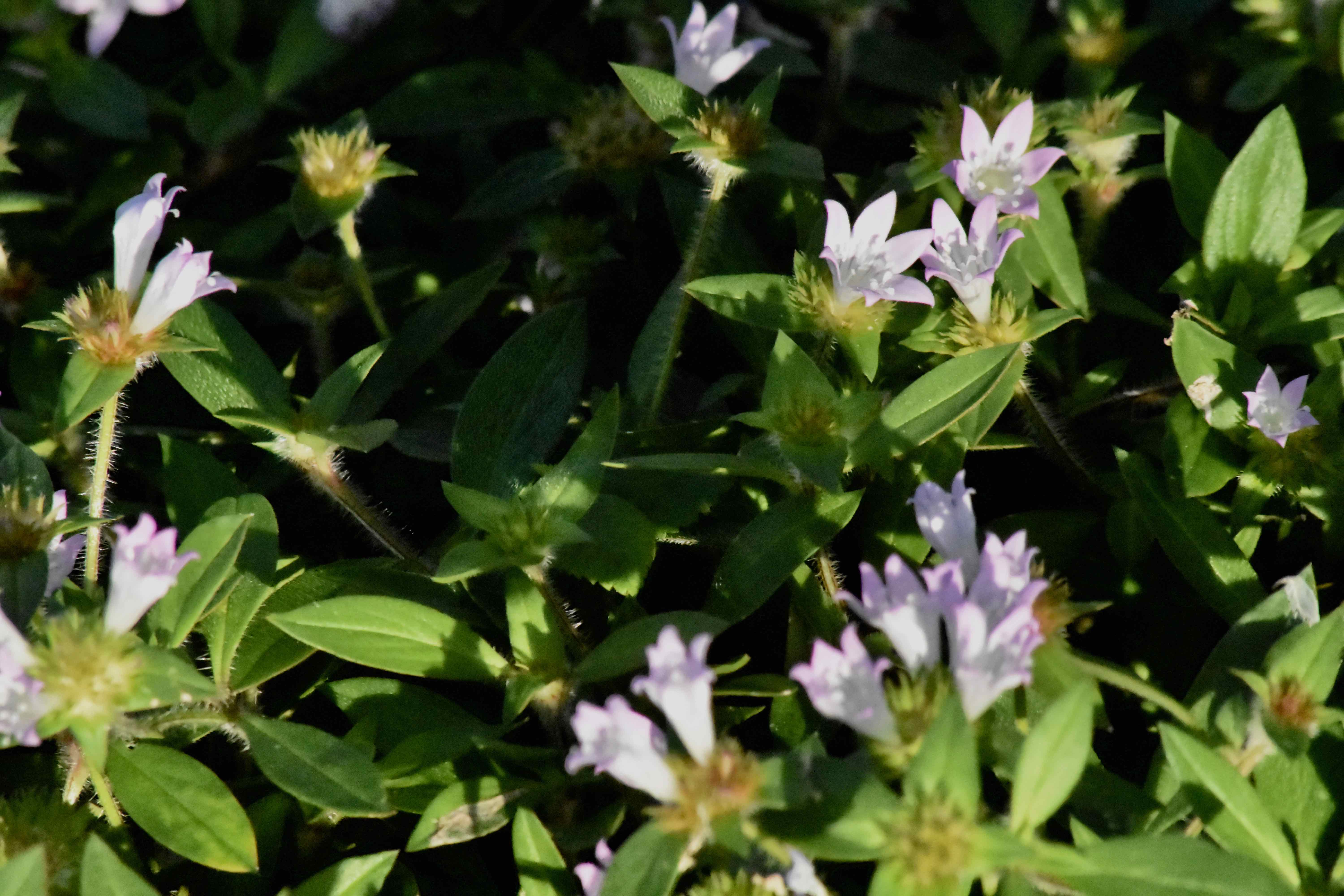
It’s been called Christmas berry and Florida holly, but it’s one of the most notorious members of Florida's Pantheon of invasive plants.
It’s Brazilian pepper, and it’s our lump of coal.
Some invasive plants arrive here by accident; some are brought here for their alleged utility. Brazilian pepper was brought here for its beauty. And it is a beautiful, with its large clusters of crimson berries that hang on the plant long into winter.
As the story goes, Brazilian pepper came to Florida as an ornamental in the 1890s. A certain Dr. George Stone in 1926 began growing the plant at his Punta Gorda home. He was so taken with its beauty that he began giving away seedlings by the hundreds; the stuff began showing up along city streets as a kind of urban beautification. You might say he was Brazilian pepper's Johnny Appleseed.
But by the 1950s, scientists noticed that Brazilian pepper was dominating parts of the state. By 1969, it became evident that Brazilian pepper had the potential to devastate the Everglades. More than a half-century later, Brazilian pepper is still a major ecological threat; it crowds out native plants, many of which our native fauna depend on for survival. It is a major threat to biodiversity here.
Thing is, like most invasives, back in its home range, Brazilian pepper isn’t a problem. Nature keeps it in check. But there’s no regulating force here except us. And it really doesn't offer anything that our native hollies don't possess.
The good Dr. Stone intended Brazilian pepper to be his gift to Florida, but for nearly a century, it’s devouring our state instead. It is our lump of coal.











